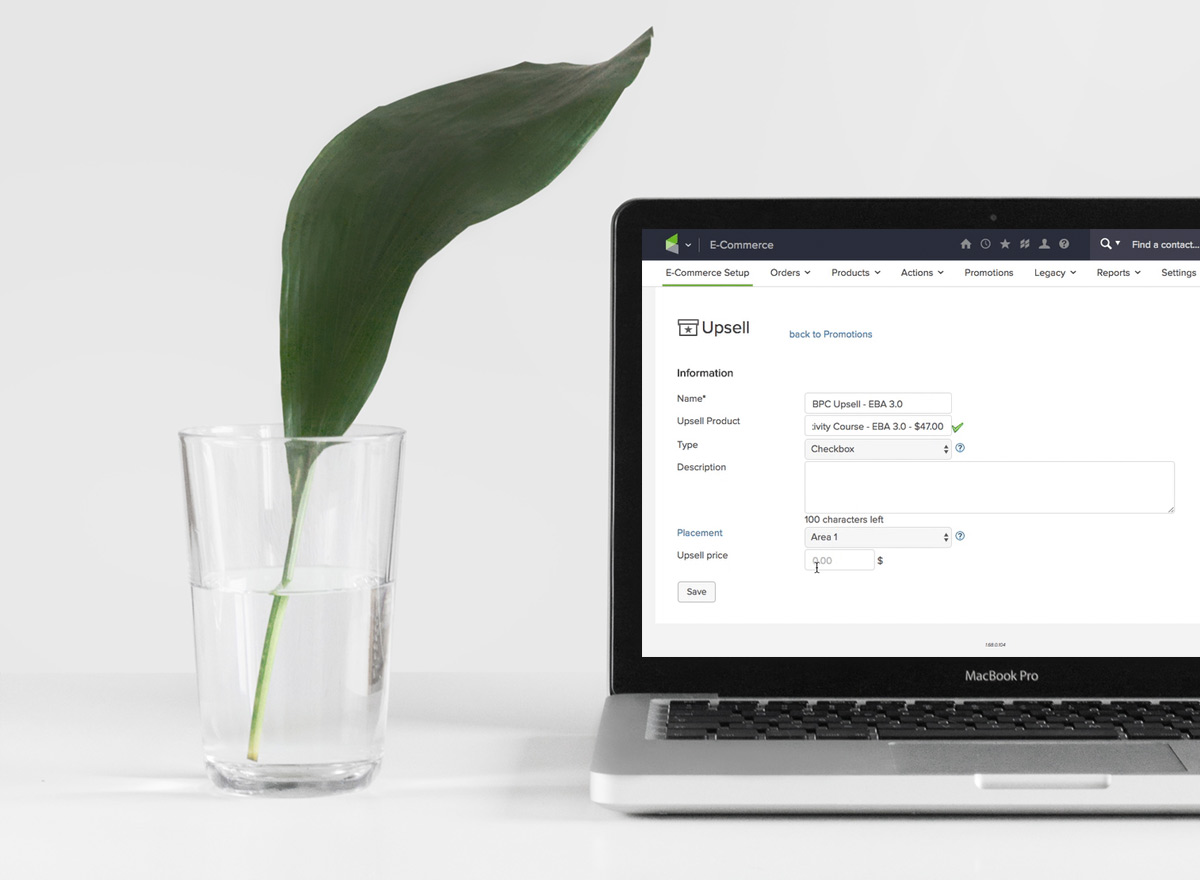Skyrocket Your Deliverability with These Best Practices
FRIDAY, JUNE 1, 2018

[Note: This material has been prepared for informational purposes only, and is not intended to provide and should not be relied on for legal advice or GDPR compliance. If you have further questions about compliance, consult your legal counsel.]
It was the middle of our client’s biggest launch of the year, and suddenly, everything came to a screeching halt.
No emails were sending, and sales took a nosedive.
By the time we got the frantic call from the client, their email app had been down for nearly four hours.
The problem?
A dirty email list.
The email platform (in this case, Infusionsoft) has a policy to suspend any account that has too many bounces and spam complaints until the client takes the necessary steps to improve their list heath.
The email list needed to be cleaned up.
It felt like a devastating blow at the worst possible time. Thankfully, we were able to remove the offending addresses and the launch was back on schedule.
Stressful moments like this can be avoided by taking preventative measures to keep your email list clean.
Not only will your efforts to maintain an active, engaged list keep you in good standing with your email marketing service provider, but it will improve your email deliverability with your individual contacts’ Internet service providers (ISP).
Deliverability is everything. If your emails aren’t getting in your contact’s inbox, there’s no chance of them opening or clicking.
With that in mind, the following are five essentials of email list health that when performed regularly will keep your app sending at the highest rate possible.
Each of these strategies are industry standard recommended best practices and are services we provide at Full Cycle Marketing. (Click here to request a consultation.)
1. First Time List Hygiene
How responsive is your list? Metrics that show “engagement” (opens, clicks, unsubscribes) can tell you a lot about the health of your email list. If you have a portion of contacts that never open your emails, it’s time to clean house.
The place to start is with an audit. Identify contacts who have engaged (taken some type of action) in the last six months with communication you’ve provided.
Engagement could include any of the following:
- Opted in via an Infusionsoft hosted web form in the past six months
- Opened an email in the past six months
- Clicked a link in an email in the past six months
- Purchased a product or subscription in the past six months
After identifying those addresses based on the criteria above, you would be able to identify all remaining addresses as unengaged and create a suppression tag for manual opt-out and deletion.
Don’t fret! This sounds really harsh and abrupt. After all, you worked really hard to build your list. But this is a good thing! Your list health and deliverability will improve nearly overnight. The responsiveness of your list is more important than the size of it, and starting fresh will give you a good foundation to move forward.
(Click here for step-by-step instructions from Infusionsoft on how to tag and delete unengaged addresses.)
[And by deleting the data, you’re not keeping data longer than you need it, which is one of the rules mentioned in the General Data Protection Regulation (GDPR), an EU law on data protection that also deals with the export of personal data outside the EU.]
[Infusionsoft has a functionality GDPR checklist available inside the app to help you ensure the Infusionsoft portion of your business is GDPR compliant.]
2. Re-engagement Campaign
After the initial cleanup, a contact should be tagged as “unengaged” when they don’t respond or take any action after six months.
This time around, however, not all hope is lost. This tag can trigger a follow-up automated email campaign as a last ditch effort to try to get the contact to engage.
The good news is re-engagement campaigns are considered one of the most effective tools to use to keep your list clean.
You’ve probably received an email like this before.
Example:
Subject: Was it something I said?
~Contact.FirstName~,
Thank you for being a subscriber to my email list.
But I have to be honest — I’ve noticed it’s been kind of quiet over there.
*crickets chirping*
If there’s anything I can’t stand, it’s filling people’s inboxes with emails they don’t want. So I wanted to ask you to update your email preferences by clicking here to let me know what you’d like to receive from me.
That’s all for now! Talk soon?
Xxxx
P.S. Just in case you somehow missed my other emails but want to stay on my email list, all you need to do is click here.
If a contact opens or clicks this email, or one of the reminder emails in the re-engagement campaign, the unengaged tag will be removed.
But if this didn’t work, the contact will remain tagged as unengaged and marked for the suppression list at the end of the campaign to ensure they no longer receive emails.
Hey, it happens to the best of us.
3. Campaign Audits
Once you have cleaned your application and created automation procedures moving forward, conduct an audit of all active campaigns to ensure that they are taking into account your new procedures. This will include removing unengaged contacts from campaigns as well as cleaning contacts once they have re-engaged with your email communication.
4. Opt-in Forms & Unsubscribes
Don’t overlook your opt-in and unsubscribe approaches, too. You don’t want people on your list who don’t want to be there.
Evaluate the language you’re using on your opt-in form to ensure contacts are aware of what type of communication you plan to send them.
And in many cases, people will forget they signed up for your emails, so your footer language should remind them how they got on the list and give an option to unsubscribe. Finally, sending email at a regular clip is the best defense against someone forgetting they signed up to receive communication from you.
5. Low Bounce Thresholds
Emails “bounce”–meaning they are undeliverable–when there is a problem with the email address or the receiving server. There are 8 types of bounces defined by Infusionsoft (see the list here).
When a hard bounce or block occurs, you can apply a tag that will remove them from your active send-to list.
If the type of bounce is temporary or could be resolved over time, you can wait until the bounce happens three times before applying the removal tag.
An auto-reply is considered a soft bounce and doesn’t require removal from the list.
With attention to these five email list health practices, you’ll continue to keep your contacts clean and your email deliverability high. For help implementing these practices, contact us for a free consultation.



